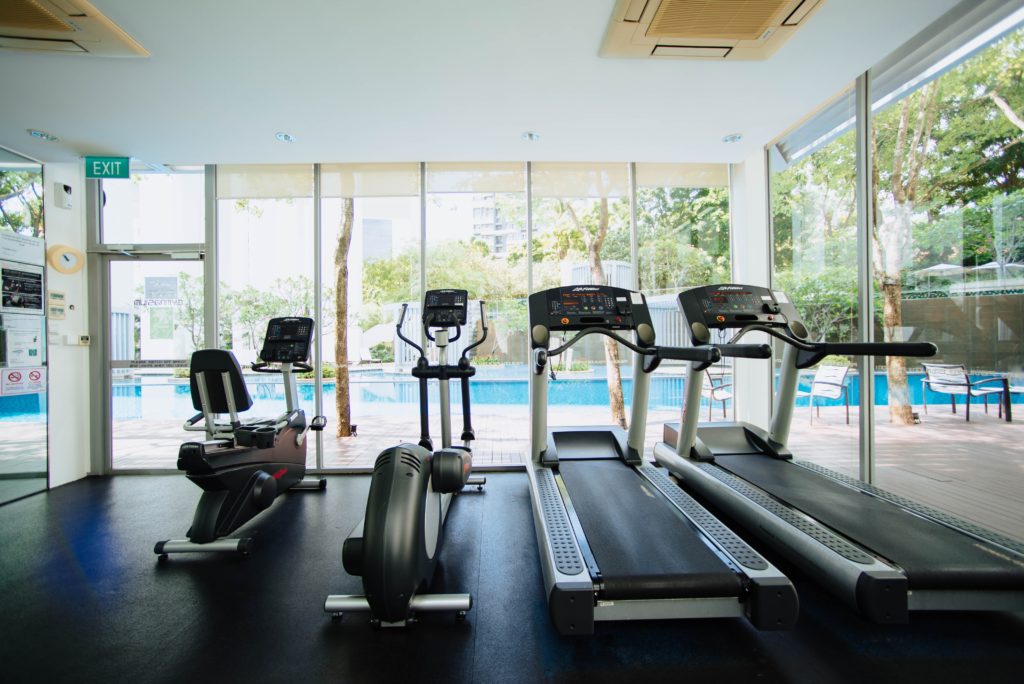Fasted Cardio: Is It Better for Fat Loss?

You’re setting your alarm extra early Sunday night in preparation for Monday mornings fasted cardio session that you’re already dreading.
You wake up Monday morning (barely), drag yourself out of bed, and make your way to the gym. You trudge past the barbells and dumbbells wishing you could be lifting weights.
Instead, you get on the treadmill and stare at the clock until you can finally eat. Sounds terrible, doesn’t it?
But is this necessary for reaching your fat loss goals? Will doing cardio fasted result in more fat loss compared to doing cardio in a fed state?
Unfortunately, many people still believe fasted cardio is the solution for their fat loss struggles, but research tells a different story.
A meta-analysis investigated five different studies on fasted cardiovascular training. The studies had to meet the following criteria:
- Randomized and non-randomized
- Included healthy adults
- Published in English
- Compared the outcome of exercise in a fed state and after an overnight fast
- The fed group had to have a standardized pre-exercise meal
- Body composition and/or body mass had to be measured
The five studies used a combination of both males and females, totaling 96 participants (60 males and 36 females). Participants were between 21 and 27 years old, and the majority of them had past exercise experience and were currently active on a regular basis.
Researchers came to a conclusion:
“performing exercise in a fasted state did not influence weight loss or changes in lean and fat mass. These findings support the notion that weight loss and fat loss from exercise is more likely to be enhanced through creating a meaningful caloric deficit over a period of time, rather than exercising in fasted or fed states.”
That last part is key—”creating a meaningful caloric deficit over a period of time.”
Fasted cardio in the morning may be able to do that, but not because you’re exercising on an empty stomach, but because you’re skipping your first meal, pushing it back later into the morning. If you push your breakfast back, your eating window is now smaller. If your eating window shrinks, you’re more likely to consume less calories, which can result in fat loss.
This study looked at twenty healthy females between the ages of 22 and 25. One group performed cardio on an empty stomach in the morning after and overnight fast. The other group performed cardio after consuming a 250 calorie shake consisting of 40 grams of carbohydrates, 20 grams of protein, and 0.5 grams of fat.
Participants did a 5-minute warm, then exercised at 70% of their maximal heart rate for 50 minutes, followed by a 5-minute cool down.
Cardio was done 3 days per week for 4 weeks. Both the fed and fasted group ate nearly the same exact amount of calories, protein, carbohydrates, and fats throughout the duration of the study.
The end result? Both groups had a reduction in body fat, but the fasted group did not lose any more fat than the fed group.
A third study consisted of 16 overweight women. Researchers had them perform HIIT 18 sessions. Ten rounds of 60 seconds cycling at approximately 90% of maximal heart rate, followed by 60 seconds of recovery. They performed this workout 3 times a week for 6 weeks. At the end of the 6 weeks, there was no difference in fat loss between the fed and fasted groups.
In this last study, researchers experimented with a group of bodybuilders to analyze the differences in body composition when resistance training in a fed state versus a fasted state. This is resistance training (anaerobic) and not cardiovascular training, but I still think it’s worth considering.
Researchers conducted this study with sixteen Muslim bodybuilders during Ramadan. Eight of them trained fasted and eight of them trained in a fed state. The fast typically lasted fifteen hours.
By the end of the thirty day study, the group training fasted did not see any significant changes in body composition compared to the group that trained in a fed state. Both saw very similar outcomes.
Some studies (study, study, study) have shown that eating prior to exercise increases the thermic effect of the training session, resulting in greater energy expenditure (calories burned) post-exercise compared to exercise in a fasted state. Depending on the form of cardio you’re doing, one could argue that eating before cardio could provide more energy, allowing you to push yourself hard for longer, resulting in more calories burned.
Although a few studies show that there’s no difference in fat loss between fed and fasted cardio, more research needs to be done. Some theorize that fasted cardio may be more beneficial for those that are already very lean—men at 8% body fat and women at 15%. This has yet to be proven true. Also, many of these studies only lasted 4-6 weeks. It would be interesting to see a study done over a 10-12 week period or longer to see if the fasted cardio group eventually ends up losing more fat than the fed group.
If you find fasted cardio first thing in the morning is convenient for you, then go ahead and do it.
In my opinion, and based on some well done studies, you shouldn’t bother going out of your way to do fasted cardio in hopes of losing some extra body fat.
Do cardio at a time that you prefer and is convenient for you and your schedule.
